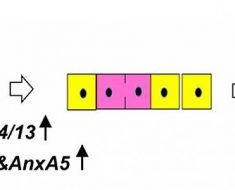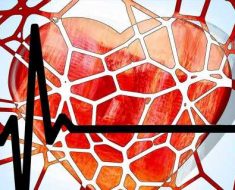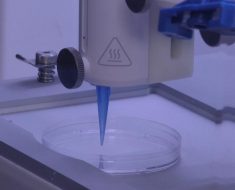The symptoms of neurofibromatosis vary widely between individuals, with some people only experiencing mild health problems and others finding they are severely affected on a day-to-day basis. Some of the symptoms of neurofibromatosis type 1 (NF1) include:
The presence of pale brown skin patches that have smooth outlines, referred to as “café au lait” spots. These are found in 95% of people with NF1. The spots are usually detected by time a child is around 3 years old and they grow to about 5 mm in diameter during childhood. In adulthood, they can grow up to 15 mm in diameter.
Freckles are often seen in and around the armpits, groin and underneath the breasts.
Soft, benign tumors called neurofibromas develop on or under the skin as the child grows into a teenager and then an adult. During childhood, these tumors are usually pea-sized, but they grow as a person ages. Neurofibromas are not usually painful but can catch on clothes and or press against other parts of the body, in which case they may feel sore. One type of neurofibroma that forms at the point where multiple nerve branches meet can cause large and painful masses. This is called a plexiform neurofibroma.
Abnormal physical development is a common problem in children with NF1. Examples include scoliosis or curvature of the spine, a large head and a smaller body size and weight. A form of abnormal bone development called pseudarthrosis affects about 2% of children with the condition. The condition often leads to fracture of the tibia, which becomes bowed on healing.
High blood pressure is estimated to occur in around a fifth of those with NF1 and is thought to be caused by disturbed kidney function. These individuals are at an increased risk of stroke and heart attacks.
About 60% of children with NF1 develop learning difficulties, although it is not clear why. The children usually have a normal or slightly low intelligence quotient (IQ) and most can be taught in school. The learning difficulty is usually specific to particular subjects such as maths, reading or coordination.
Attention deficit hyperactivity disorder or ADHD is also common, affecting around 50% of children with NF1. ADHD affects the child’s ability to pay attention, concentrate and control impulses.
The eyes are also commonly affected. Nearly 15% of children with NF1 develop tumors on their optic nerve. This may lead to problems such as blurred vision, impaired color vision, narrowed field of vision and squinting. Another symptom is the presence of tiny brown spots in the iris called Lisch nodules, although these do not usually cause visual difficulties or symptoms.
People with NF1 are at an increased risk of developing a cancer called malignant peripheral nerve sheath tumour. This is a tumor that develops in a plexiform neurofibroma, and it occurs in around 10% of individuals with NF1.
Sources
- http://www.nhs.uk/Conditions/Neurofibromatosis/Pages/Introduction.aspx
- http://www.nfnetwork.org/uploads/file/papers/clinical_man._nf1_.pdf
- http://psyc.jmu.edu/school/documents/Neurofibromatosis%20Complete.pdf
- http://www.ctf.org/pdf/brochures/NF1-Brochure.pdf
- www.geneticalliance.org.uk/docs/translations/english/18-nf1-t.pdf
Further Reading
- All Neurofibromatosis Content
- What is Neurofibromatosis?
- Neurofibromatosis Type 1 Treatment
- Neurofibromatosis Type 1 Causes and Diagnosis
- Neurofibromatosis Type 2
Last Updated: Apr 30, 2019

Written by
Dr. Ananya Mandal
Dr. Ananya Mandal is a doctor by profession, lecturer by vocation and a medical writer by passion. She specialized in Clinical Pharmacology after her bachelor's (MBBS). For her, health communication is not just writing complicated reviews for professionals but making medical knowledge understandable and available to the general public as well.
Source: Read Full Article





